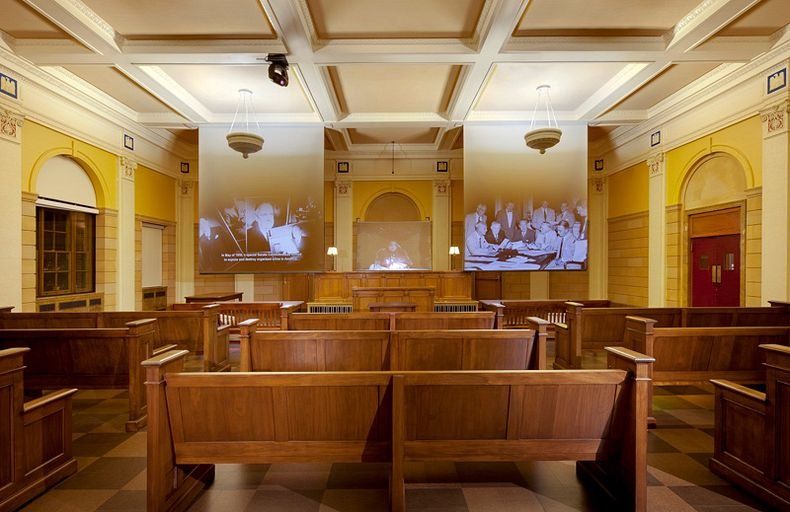Located in Downtown Las Vegas, Nevada, the Mob Museum, officially the National Museum of Organized Crime and Law Enforcement, is a history museum that opened on February 14th, 2012 (the 83rd anniversary of the notorious St Valentine’s Day Massacre in Chicago), and is dedicated to featuring the artifacts, stories, and history of organized crime in the United States, as well as the actions and initiatives by law enforcement to prevent such crimes.
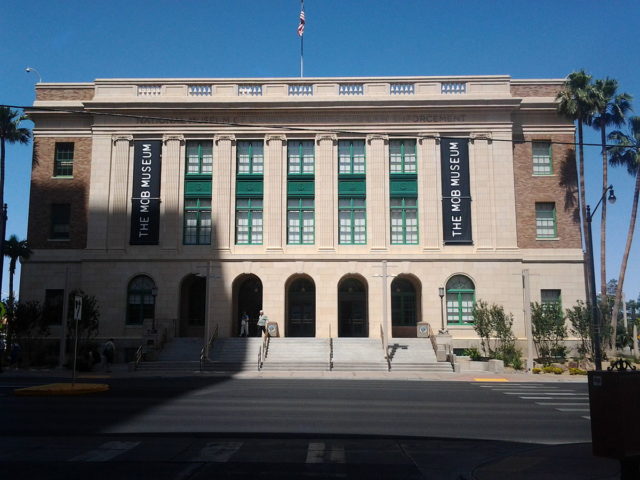
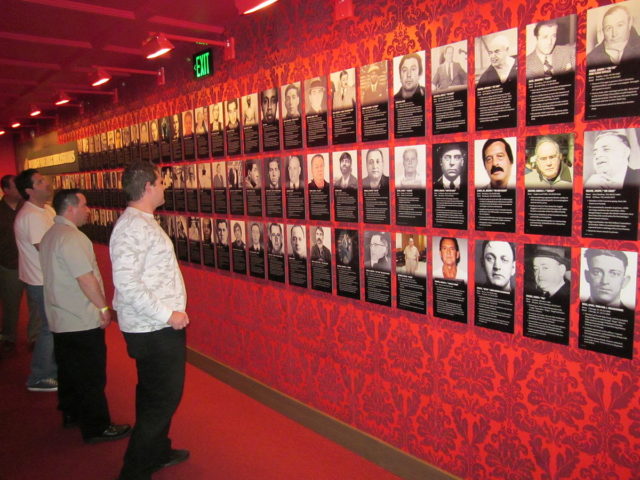
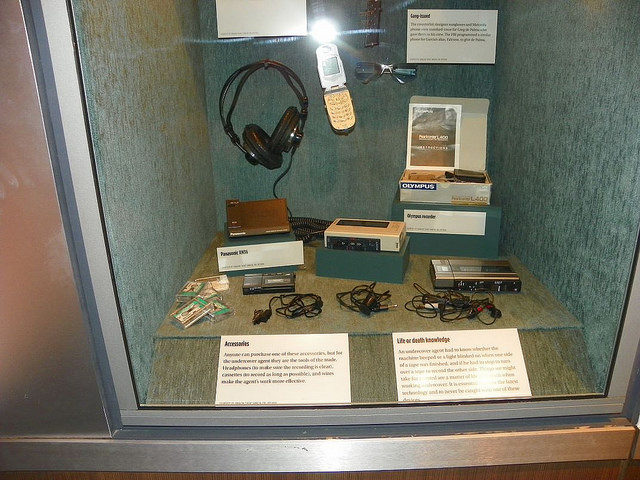
The Museum presents a bold and authentic view of organized crime’s impact on Las Vegas history, as well as its unique imprint on America and the world. The Mob Museum describes how the Mafia grew out of American cities more than a century ago. The museum tells the stories of the families of mobsters and how they lived. It was designed by the same team that created the Rock and Roll Hall of Fame in Cleveland and the International Spy Museum in Washington, D.C.
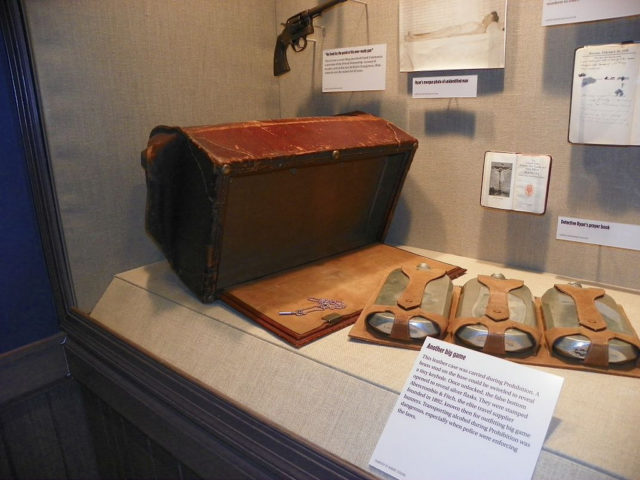
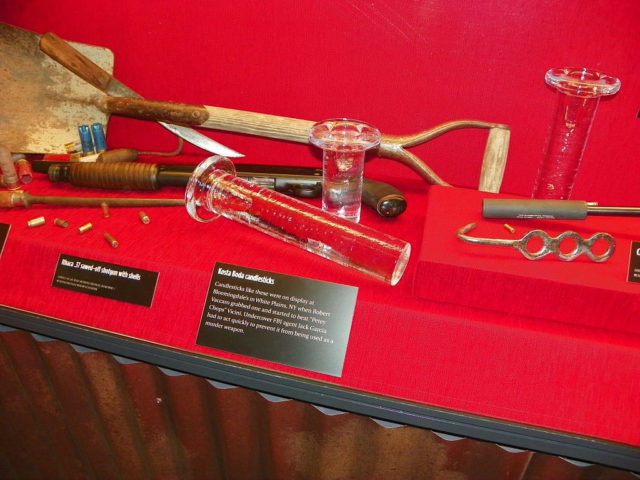
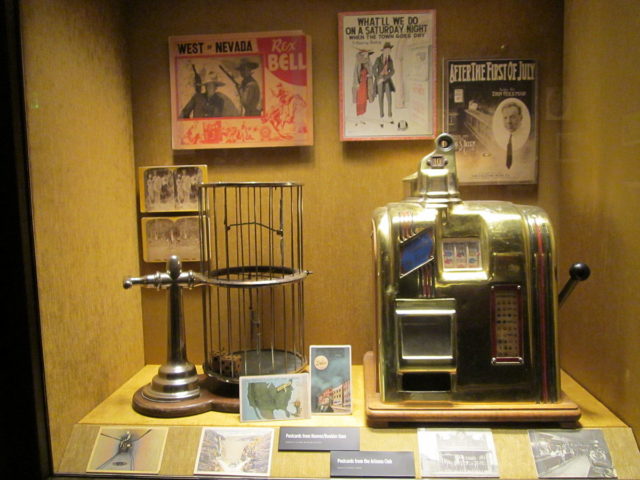

Its goal is to be financially independent and add to the growth of downtown Las Vegas. In addition to hands-on FBI equipment and more than 1,000 iconic mob-related artifacts, the museum features exhibits (featuring interviews with real-life Tony Sopranos) that teach visitors all about the most notorious gangsters in Vegas, the history of the Mafia and how organized crime impacted the rest of America and the world.
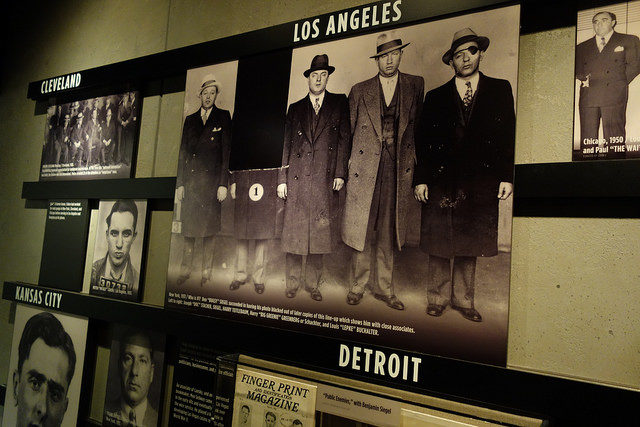
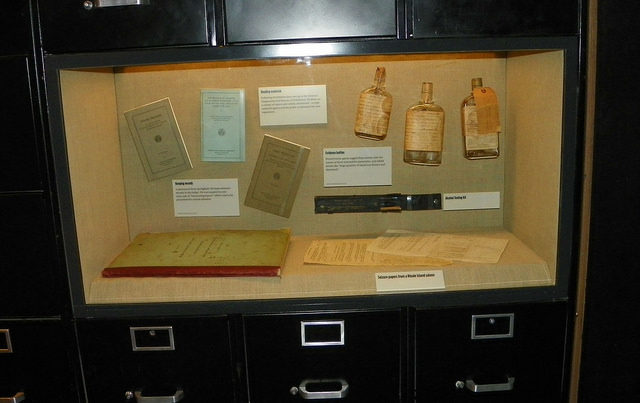
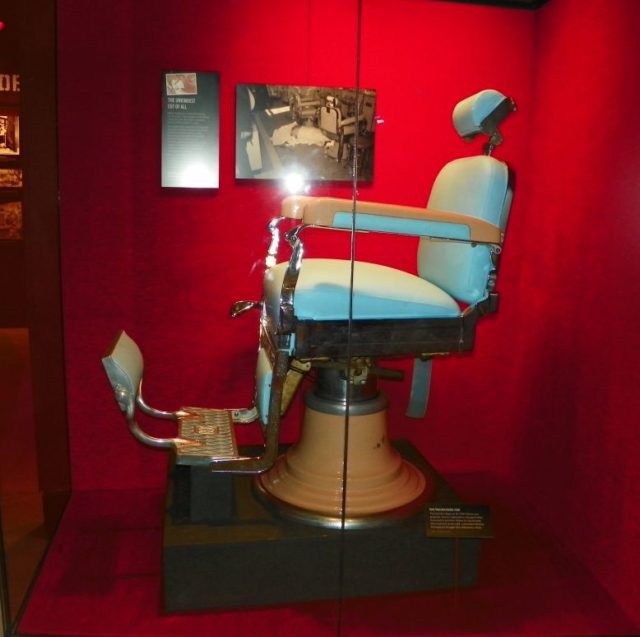
Some exhibits include graphic imagery, including photos of deceased mob members found at crime scenes, and a large collection of weapons. There are also exhibits that showcase items that belonged to Al Capone, Charlie Luciano, Meyer Lansky, Frank Rosenthal, Sam Giancana, Benjamin Siegel, Tony Spilotro, and Mickey Cohen, among others.
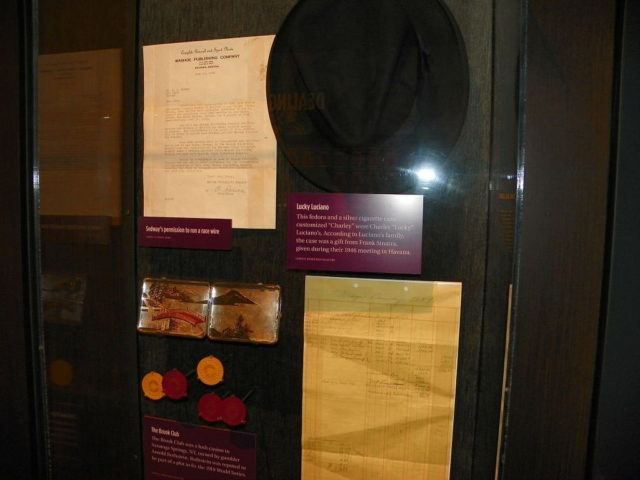
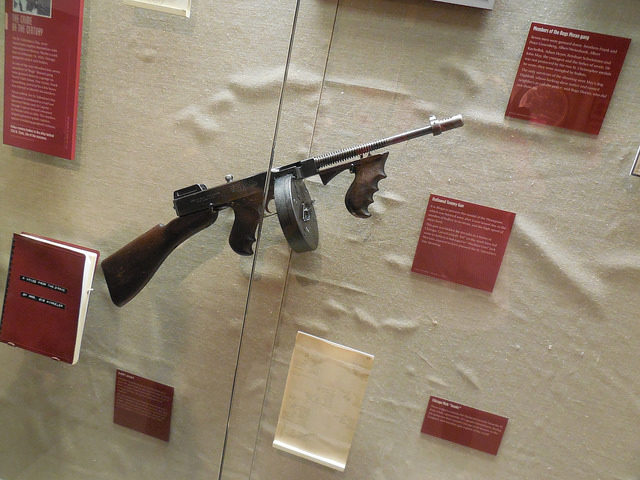
The most valuable artifact in the museum is the brick wall from Chicago’s Valentine’s Day Massacre in 1929. The museum features other law enforcement exhibits including a wire-tapping station where visitors can listen in on actual gangster conversations from the past.
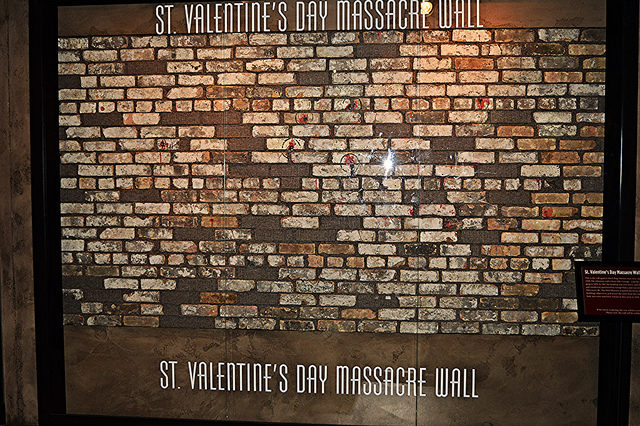
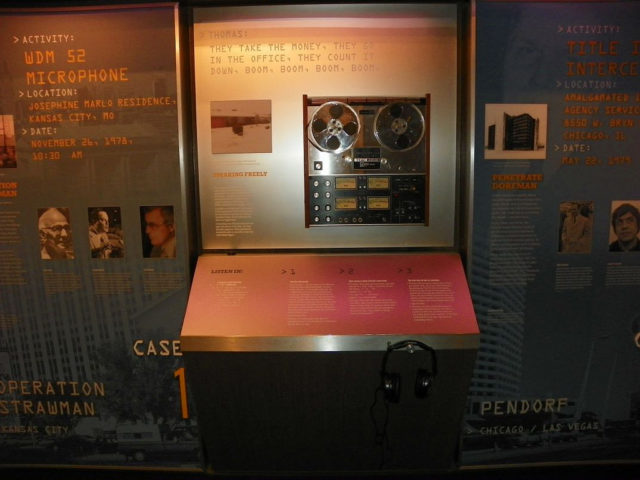
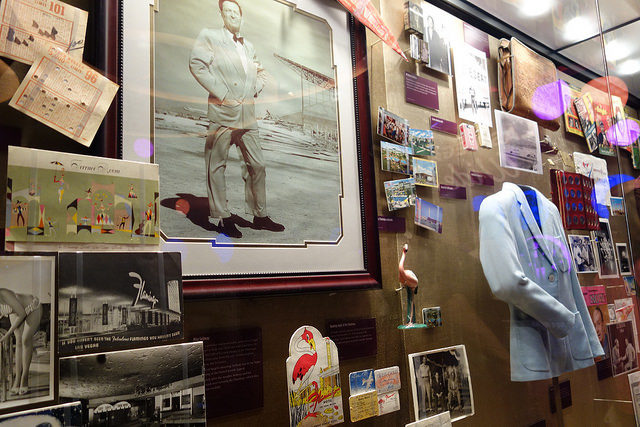
The 41,000-square-foot museum features 16,000 square feet of exhibit space and high-tech theater presentations that span three floors. The centerpiece of the Mob Museum is the second-floor courtroom, which was the location of one of fourteen national Kefauver Committee hearings to expose organized crime held in the 1950s.
